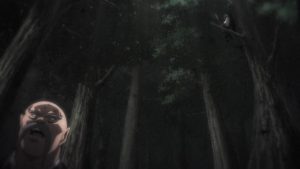 Well obviously, this was another stellar episode of Gegege no Kitarou. The balance here was spot-on, and this series is no doubt at its best when it embraces pathos and chronicles the seemingly inevitable sadness of youkai-human relationships. But it managed to do so without losing the sentimental quality that permeates last week’s episode – the setting of Sakaiminato imparts a very interesting tonal change to this show. It continues to cover mostly familiar ground in way that feels remarkably fresh.
Well obviously, this was another stellar episode of Gegege no Kitarou. The balance here was spot-on, and this series is no doubt at its best when it embraces pathos and chronicles the seemingly inevitable sadness of youkai-human relationships. But it managed to do so without losing the sentimental quality that permeates last week’s episode – the setting of Sakaiminato imparts a very interesting tonal change to this show. It continues to cover mostly familiar ground in way that feels remarkably fresh.
 I’ve been thinking about what makes this version of Kitarou seem so different than earlier incarnations (setting aside supremely clever turns like giving us Neko-Musume’s mouth as a cat’s face), and perhaps it’s this: the 2018 takes a step back and looks at the franchise from the outside in a way earlier versions do not. It manages to be both self-referential and self-reverential without being ponderous about it. The writing acknowledges the landmark status of the franchise in very sly fashion while still being faithful to the story it’s telling, and this arc set in Sakaiminato is probably the most obvious example of that so far.
I’ve been thinking about what makes this version of Kitarou seem so different than earlier incarnations (setting aside supremely clever turns like giving us Neko-Musume’s mouth as a cat’s face), and perhaps it’s this: the 2018 takes a step back and looks at the franchise from the outside in a way earlier versions do not. It manages to be both self-referential and self-reverential without being ponderous about it. The writing acknowledges the landmark status of the franchise in very sly fashion while still being faithful to the story it’s telling, and this arc set in Sakaiminato is probably the most obvious example of that so far.
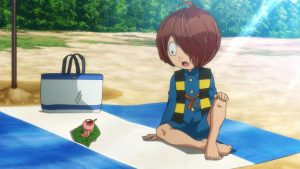 This week’s story is that of Kanibouzu (Gegege no Kitarou veteran Tanaka Hideyuki) a crab youkai who during the Warring States Era, became involved in the affairs of humans. Posing as a monk, he assists in the escape of a fleeing princess and later acts as her protector as she hides in a local shrine. Kanibouzu asks all those who approach a riddle of his identity to test their loyalty – if they cannot answer, he turns them into bronze. But the princess’ enemies eventually bring in a sorcerer who seals him away, and the princess loses her life.
This week’s story is that of Kanibouzu (Gegege no Kitarou veteran Tanaka Hideyuki) a crab youkai who during the Warring States Era, became involved in the affairs of humans. Posing as a monk, he assists in the escape of a fleeing princess and later acts as her protector as she hides in a local shrine. Kanibouzu asks all those who approach a riddle of his identity to test their loyalty – if they cannot answer, he turns them into bronze. But the princess’ enemies eventually bring in a sorcerer who seals him away, and the princess loses her life.
 Why did Kanibouzu choose to take sides in a human conflict, much to the derision of the head of the local karasu-tengu tribe? Was it love? Whatever the reason, his heartbreak turns him into an avenging terror when he awakes (did we ever see why he does awake?). Townsfolk and Gegege Forest residents alike are turned to bronze (including Kitarou) leaving only Mana, Medama Oyaji and Sand Witch (who Kanibouzu seems to believe is his princess) to fight him. Eventually they head to the mountains to ask the karasu-tengu for help, but while they get a history lesson their leader refuses to directly intervene. Fortunately young Kojirou (Sakaguchi Daisuke) rebels against his orders and prescribes the local holy water as an antidote to Kanibouzu’s bronzing effect (hmmm – was that bit from Daddy Eyeball about Kitarou getting a tan a really slow-played gag?).
Why did Kanibouzu choose to take sides in a human conflict, much to the derision of the head of the local karasu-tengu tribe? Was it love? Whatever the reason, his heartbreak turns him into an avenging terror when he awakes (did we ever see why he does awake?). Townsfolk and Gegege Forest residents alike are turned to bronze (including Kitarou) leaving only Mana, Medama Oyaji and Sand Witch (who Kanibouzu seems to believe is his princess) to fight him. Eventually they head to the mountains to ask the karasu-tengu for help, but while they get a history lesson their leader refuses to directly intervene. Fortunately young Kojirou (Sakaguchi Daisuke) rebels against his orders and prescribes the local holy water as an antidote to Kanibouzu’s bronzing effect (hmmm – was that bit from Daddy Eyeball about Kitarou getting a tan a really slow-played gag?).
 The way this is resolved works perfectly in the GGGnK tragic vein, but it also reflects the more global vision I was talking about earlier. The real Sakaiminato is full of bronze statues of youkai, you see – a tribute to Mizuki Shigeru – and the series has now given them a wonderful and bittersweet origin story. There’s a very elegant and nuanced quality to the writing of this series, make no mistake about it – and my sense that it may be the best version of Gegege no Kitarou so far is growing with each new gem of an arc.
The way this is resolved works perfectly in the GGGnK tragic vein, but it also reflects the more global vision I was talking about earlier. The real Sakaiminato is full of bronze statues of youkai, you see – a tribute to Mizuki Shigeru – and the series has now given them a wonderful and bittersweet origin story. There’s a very elegant and nuanced quality to the writing of this series, make no mistake about it – and my sense that it may be the best version of Gegege no Kitarou so far is growing with each new gem of an arc.


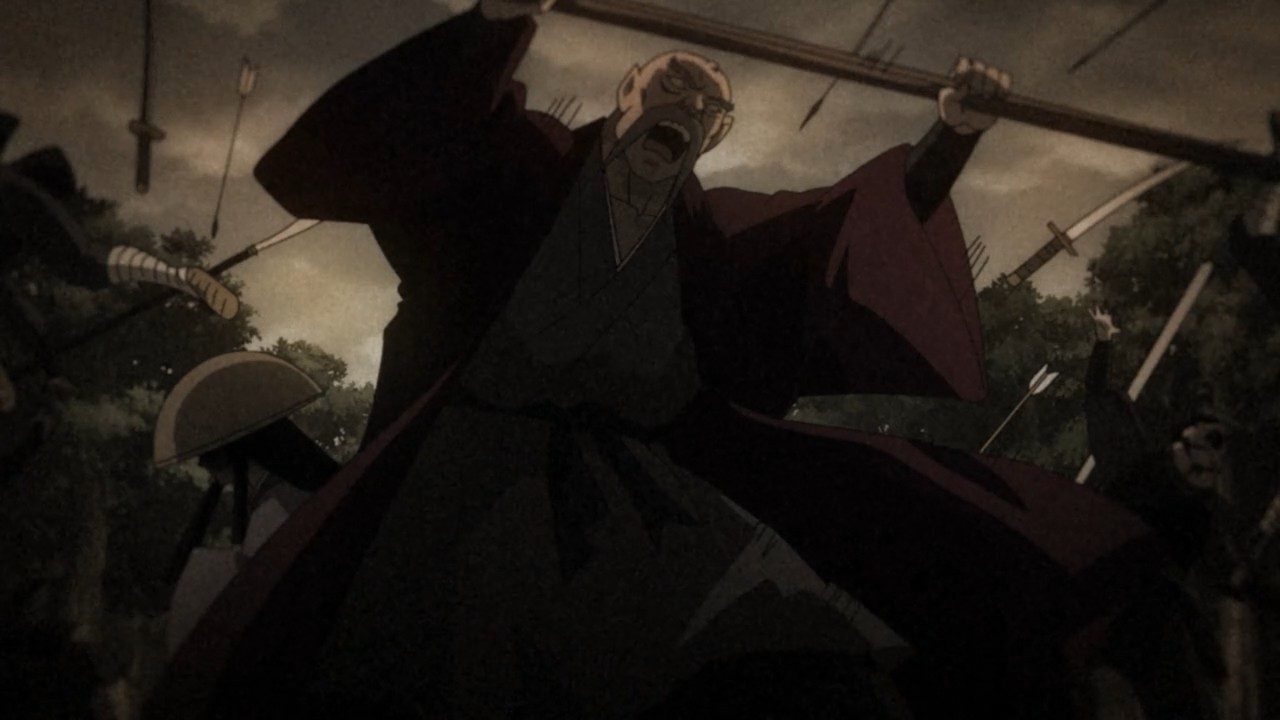

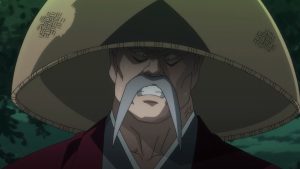
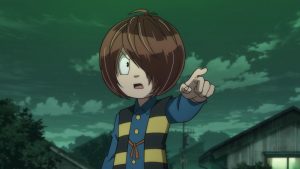
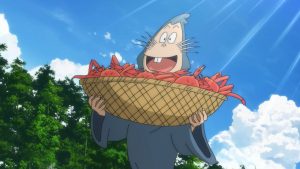


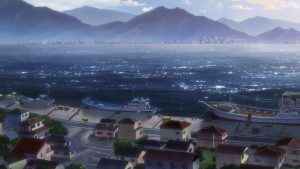
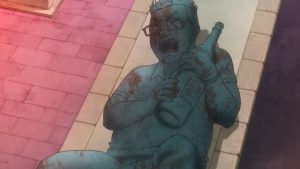
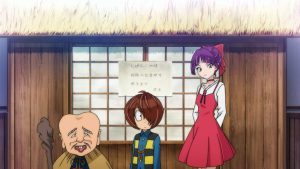
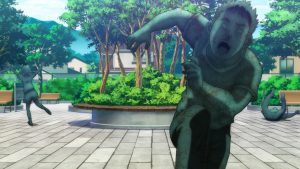
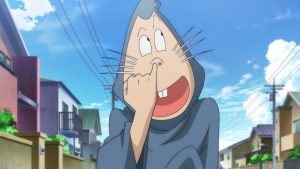
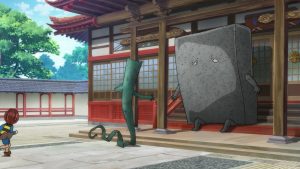
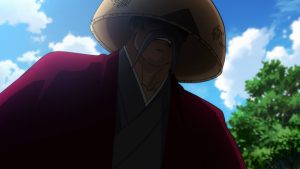
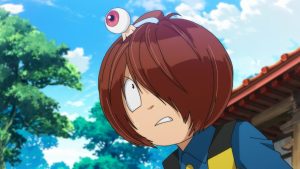
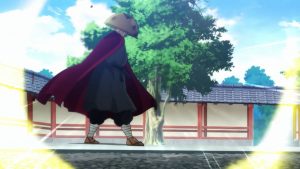
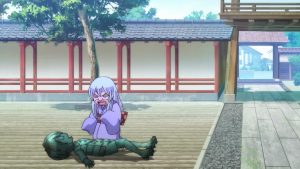
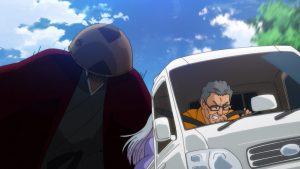

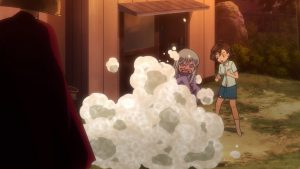
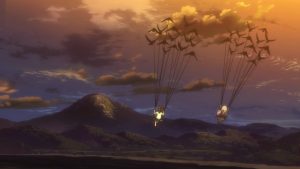
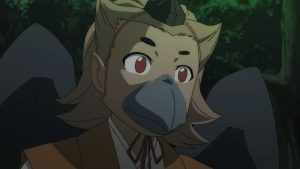

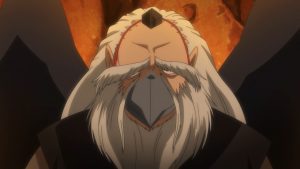
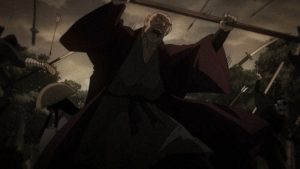
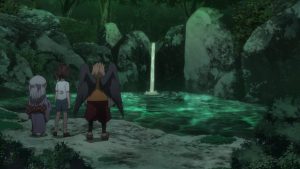
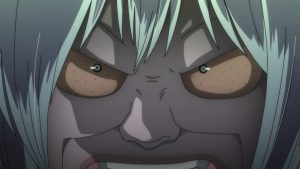
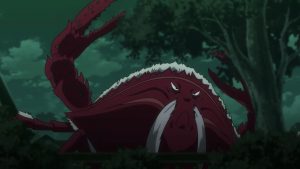
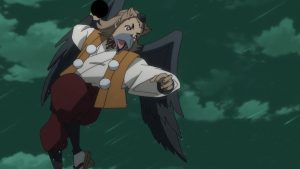
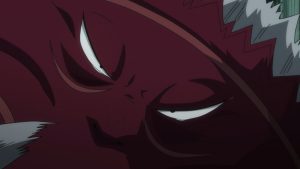
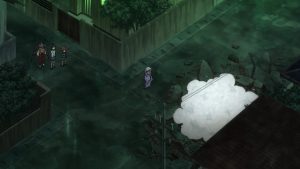
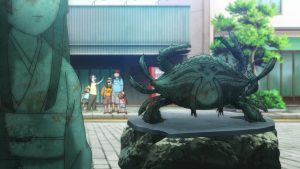
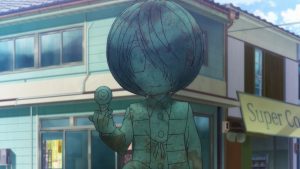
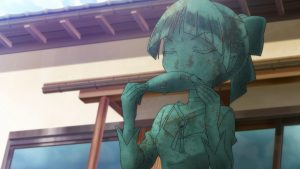
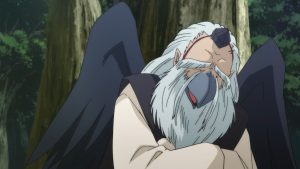

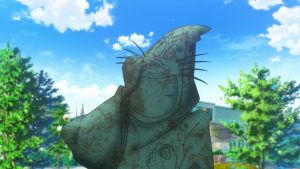


Rita
July 23, 2018 at 10:47 amI wasn’t aware of the actual bronze statues irl which is a pretty neat tie in